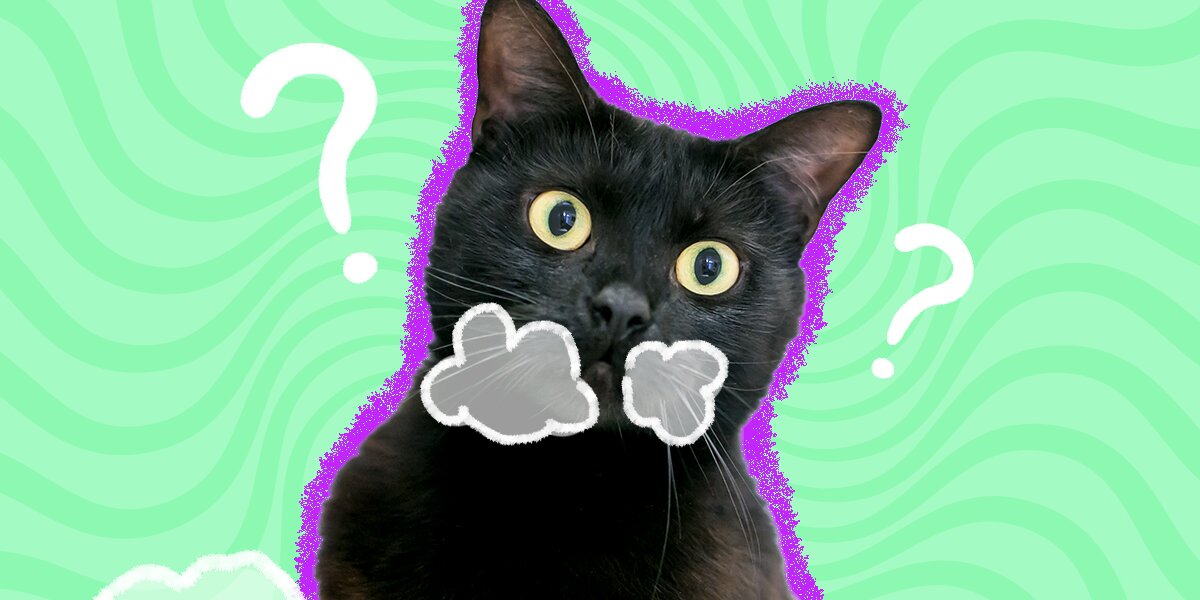Unraveling the Mystery of Cat Throwing Up White Foam: Causes, Concerns, and Care”

Introduction Cat Throwing Up White Foam
As a cat owner, witnessing your feline friend throwing up white foam can be a distressing experience. Worrying about your cat’s health and wondering what’s causing this unusual behavior is natural. In this article, we’ll delve into why cats throw up cat throwing up white foam, discuss when to be concerned, and provide expert advice on caring for your cat during this time.
What is White Foam Vomit in Cats?
White foam vomit in cats is a type of regurgitation that occurs when the stomach contents are expelled in a foamy, white, or off-white liquid form. Symptoms like lack of appetite, lethargy, and abdominal discomfort often accompany this phenomenon. The foam-like texture is usually due to the vomit’s mucus, bile, or air.
Common Causes ofcat throwing up white foam Vomit in Cats
- Gastrointestinal Issues
Gastrointestinal problems like gastroesophageal reflux disease (GERD), inflammatory bowel disease (IBD), and gastrointestinal foreign bodies can causecat throwing up white foam vomit in cats. These conditions lead to irritation and inflammation in the stomach and esophagus, resulting in the regurgitation of stomach contents.
GERD, in particular, is a common condition in cats, where the ring of muscle that separates the esophagus and stomach doesn’t function properly, allowing stomach acid to flow back up into the esophagus, causing irritation and inflammation.
IBD, on the other hand, is a chronic condition characterized by inflammation in the digestive tract, leading to symptoms like vomiting, diarrhea, and weight loss.
Food Allergies and Sensitivities
Food allergies and sensitivities are common culprits behind cat throwing up white foam vomit in cats. Cats may develop an adverse reaction to certain ingredients in their food, cat throwing up white foam leading to an upset stomach and regurgitation.
Common allergens include beef, dairy, soy, and corn, while some cats may be sensitive to specific proteins or carbohydrates.
Hairballs
Hairballs, or trichobezoars, can cause cat throwing up white foam vomit in cats. As cats groom themselves, they swallow loose hair, which can accumulate in the stomach and eventually form a hairball. This can irritate the stomach lining, leading to regurgitation cat throwing up white foam.
Pancreatitis

Pancreatitis, or pancreas inflammation, can cause cat throwing up white foam vomit in cats. cat throwing up white foam Various factors, including genetics, obesity, and diet, can cause this condition.
Viral Infection
Viral infections like feline calicivirus and herpesvirus can cause cat throwing up white foam vomit in cats. These viruses can infect the digestive tract, leading to inflammation and regurgitation.
When to Be Concerned
While occasional cat throwing up white foam vomit may not cause alarm, frequent episodes warrant attention. If your cat is exhibiting any of the following symptoms, consult your veterinarian:
- Vomiting blood or bile
- Diarrhea or constipation
- Abdominal pain or distension
- Lethargy or depression
- Loss of appetite or weight loss
- Dehydration or electrolyte imbalance
- Increased salivation or foaming at the mouth
- Pale gums or blue-tinged lips
Caring for Your Cat
If your cat is experiencing cat throwing up white foam vomit, it’s essential to provide supportive care to manage their symptoms and prevent complications.
- Withhold Food and Water
Temporarily withholding food and water can help give your cat’s stomach a chance to rest and recover.
- Offer Bland Diet
Once your cat’s vomiting has subsided, introduce a bland diet like boiled chicken and rice to help soothe their stomach.
- Provide Plenty of Water
Encourage your cat to drink plenty of water to prevent dehydration. You can feed them water-soaked food or add a small amount of low-sodium chicken broth to their water.
- Monitor and Report
Keep a close eye on your cat’s behavior, appetite, and stool quality, and report any changes or concerns to your veterinarian.
- Administer Anti-Nausea Medication
Sometimes, your veterinarian may prescribe anti-nausea medication to help manage your cat’s symptoms.
Home Remedies and Prevention
While it’s essential to consult with your veterinarian for proper diagnosis and treatment, there are some home remedies and prevention strategies you can try:
- Feed a High-Quality Diet
Feeding a high-quality, balanced diet can help reduce the risk of food allergies and sensitivities.
- Provide Adequate Water
Ensure your cat has access to plenty of fresh water to prevent dehydration.
- Brush Your Cat Regularly
Regular brushing can help reduce hair.
Home Remedies and Prevention
- Use a Hairball Remedy
A hairball remedy or a small amount of petroleum jelly can help lubricate your cat’s digestive tract and prevent hairballs.
- Keep Your Cat’s Environment Clean
Regularly cleaning your cat’s food and water bowls, litter box, and living area can help reduce the risk of viral infections.
- Provide Stress Relief
Stress can exacerbate digestive issues in cats. Provide stress relief through play, affection, and a calm environment.
Conclusion
Cat throwing up white foam can be a worrying experience for pet owners, but understanding the underlying causes and taking prompt action can help alleviate your cat’s discomfort. Remember, it’s always best to consult your veterinarian for personalized advice and care if you’re concerned about your cat’s health. Working together can help your feline friend feel better in no time.

